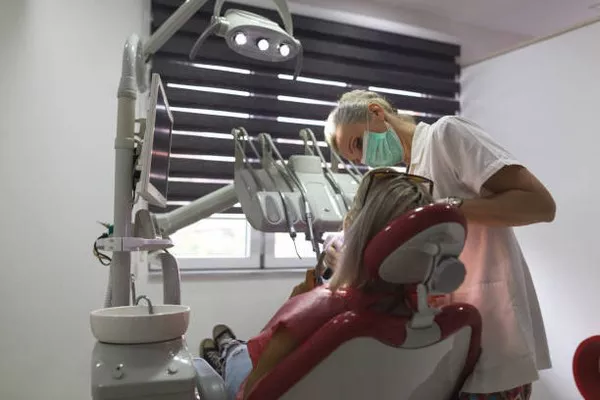Dental fillings are commonly used to repair teeth that have been damaged by decay or trauma. While undergoing this procedure is often necessary, it can sometimes lead to discomfort and pain afterward. In this article, we’ll explore four possible causes of tooth pain after a filling and what you can do about it.
Normal Post-Filling Sensitivity
It’s not uncommon to experience some level of sensitivity in the tooth that received the filling in the hours and days following your procedure. This sensitivity is typically the result of the filling process itself, which can cause a temporary disruption of the tooth’s pulp (the soft tissue inside the tooth).
If your sensitivity is mild and doesn’t last long, there’s likely no reason for concern. However, if your discomfort persists beyond a few days, or if it’s severe enough to interfere with your daily activities, it’s best to consult with your dentist to rule out other potential issues.
High Filling
In some cases, patients may experience tooth pain after a filling due to a high filling. A high filling occurs when the filling material is placed slightly too high above the tooth surface, causing an uneven bite that places excess pressure on the affected tooth.
If you suspect that your filling is high, contact your dentist right away. They will be able to adjust the filling to ensure a proper bite alignment and alleviate any associated pain.
Cracked Tooth
Sometimes, tooth pain after a filling can be a sign of a cracked tooth. When a tooth has sustained damage from decay or trauma, it can become weakened and more susceptible to cracks or fractures. These tiny cracks may not be visible to the naked eye but can cause significant discomfort when biting or chewing.
If your tooth pain is accompanied by sharp, shooting pains when biting down, it’s possible that you have a cracked tooth. Your dentist can diagnose this issue with a visual exam and x-rays and may recommend a dental crown or other restorative treatment to prevent further damage.
Infection
Finally, tooth pain after a filling could be a sign of an infection. This can occur if decay was not completely removed before the filling was placed, allowing bacteria to continue to spread through the tooth. Symptoms of an infected tooth include severe pain, swelling, and sensitivity to hot or cold temperatures.
If you suspect that your tooth pain is due to an infection, seek immediate dental attention. Your dentist will need to perform a root canal or other treatment to remove the infected material and prevent the spread of bacteria.
Conclusion
Tooth pain after a filling is a common concern that many people experience. While there are several possible causes of this discomfort, it’s essential to contact your dentist if your symptoms persist or worsen over time. With proper diagnosis and treatment, you can alleviate your pain and restore your oral health.
Related Topics:






























